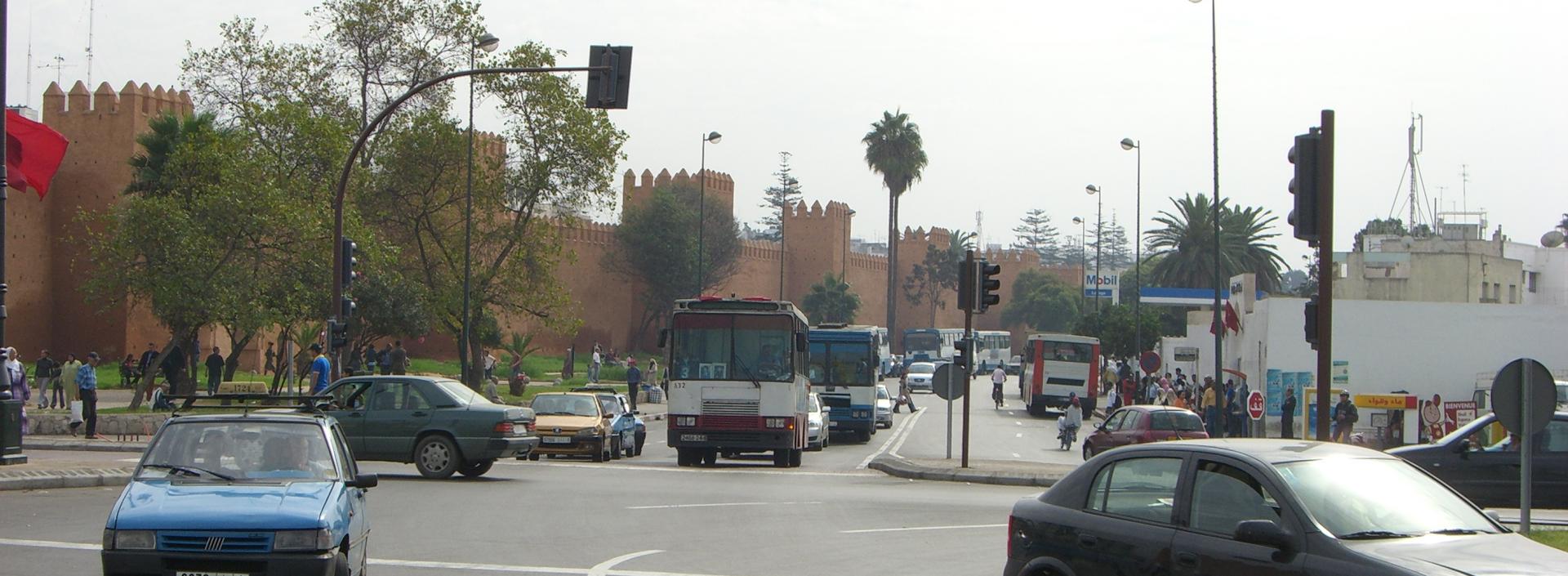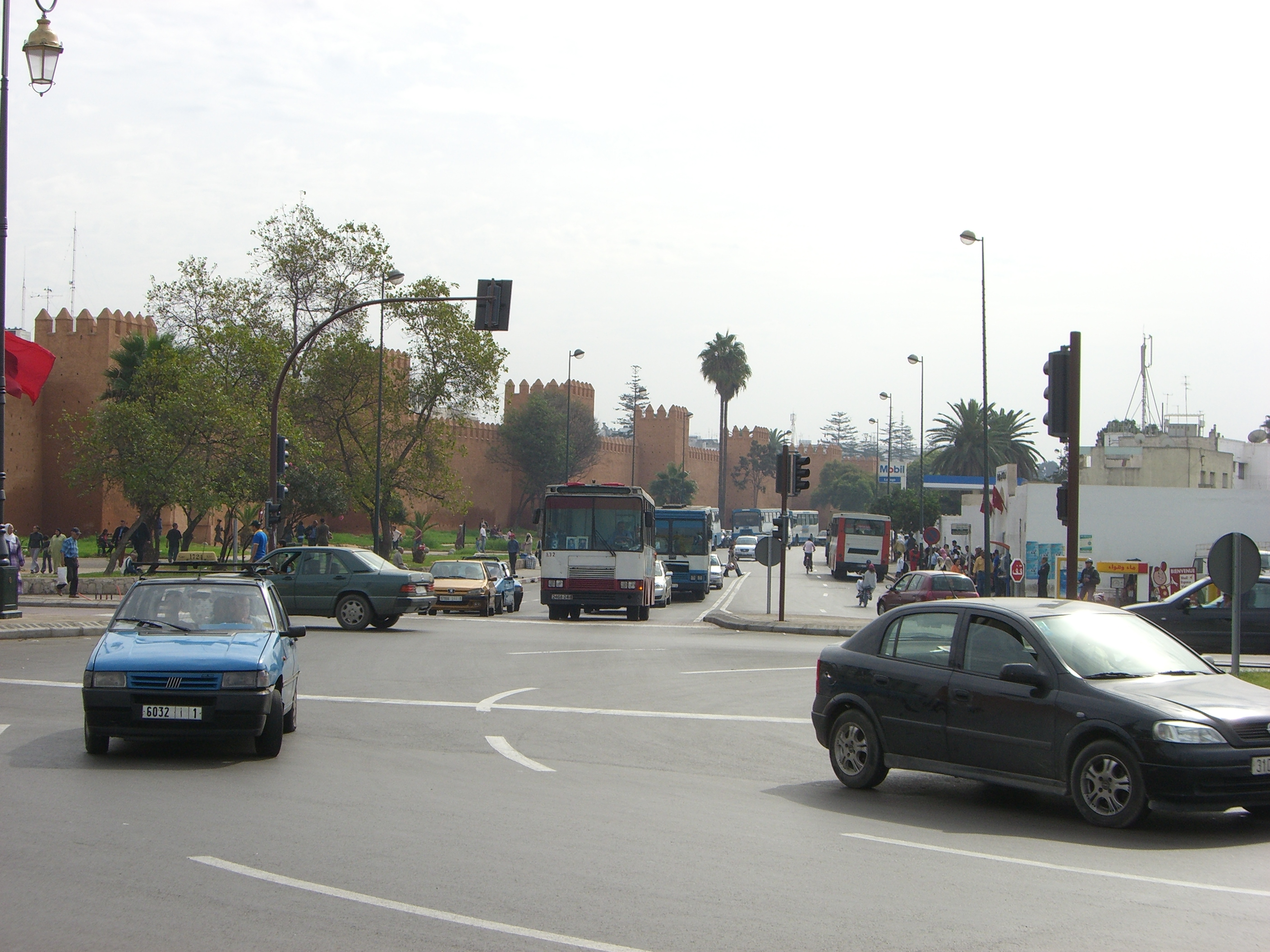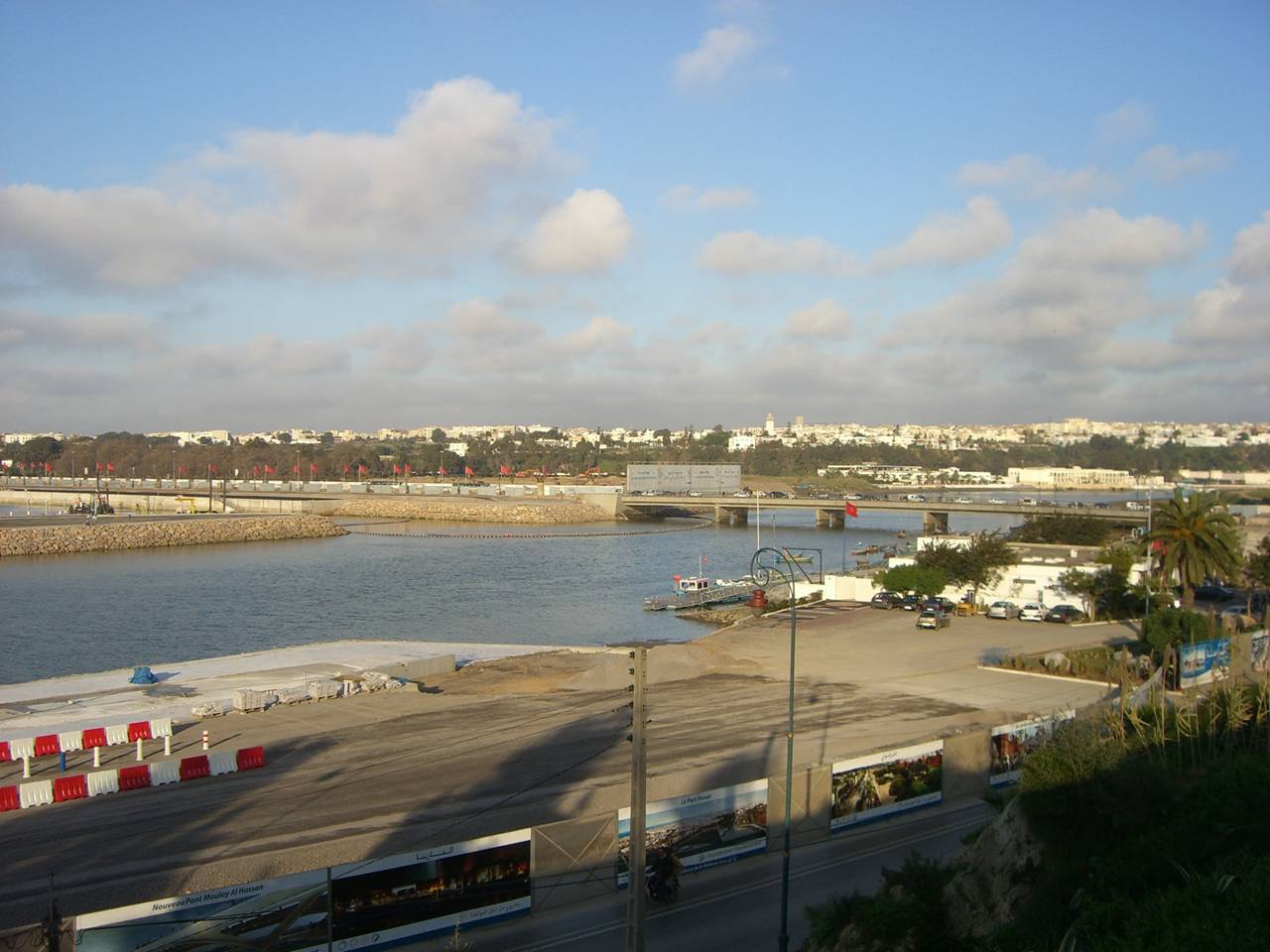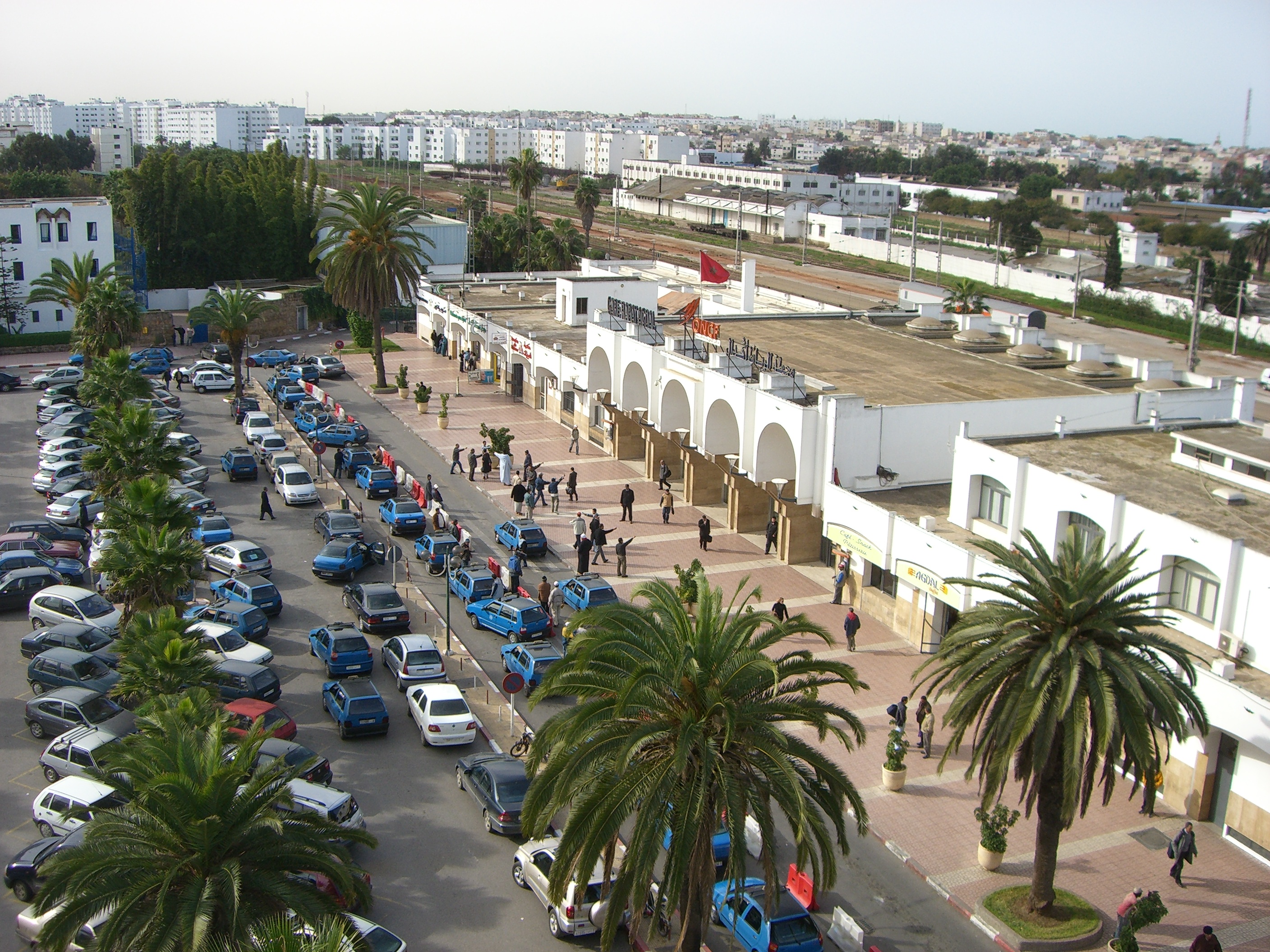The economic and social development of Rabat is impossible without a transport service that the population of the surrounding cities can access. In the Moroccan capital, Ineco conducted a study, funded by the Spanish government, which offers mobility solutions and development opportunities to a rapidly growing region. The objective is to contribute to the economic and social development of a region where most of the population does not have access to public transport. The aspiration of Rabat to become a modern capital that energises the country’s economy cannot be achieved without the development of the two surrounding cities, Salé and Temara –which together represent two thirds of the total population of the conurbation.
The Transport and Traffic of the Rabat-Salé-Temara Conurbation Master Plan design offers a comprehensive vision of transport, spatial planning and the socio-economic development of the region. The purpose of the project is to define the interventions that respond adequately to the mobility needs of the population by 2020, the year in which the population is predicted to increase from the current figure of 1.9 million people to 2.6 million.


























